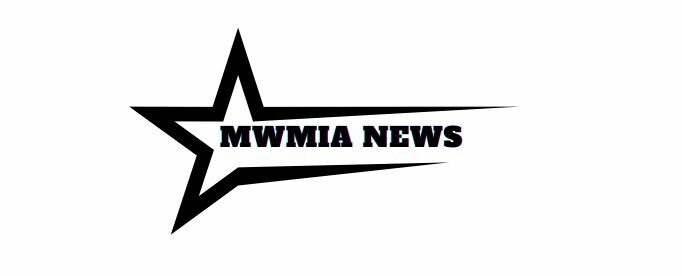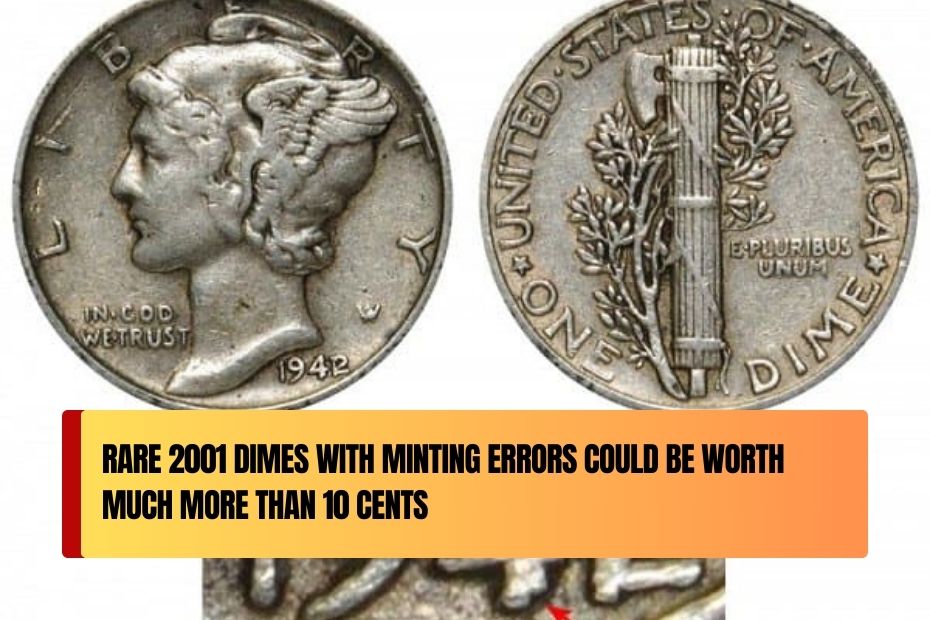If you have a 2001 dime, it might just be worth more than its face value of 10 cents. While most 2001 dimes are not rare, some have minting errors or are in excellent condition, making them valuable to collectors. In this article, we’ll explain how certain 2001 dimes can be worth money and how to identify them.
What is a 2001 Dime?
The 2001 Roosevelt dime is a common coin in the United States. It features President Franklin D. Roosevelt and is made from a copper-nickel blend. The U.S. Mint produced millions of these coins, making them easy to find. However, some 2001 dimes have special errors or are in top condition, making them valuable for collectors.
Mint Errors That Can Make 2001 Dimes Worth More
Sometimes, during the coin-making process, mistakes happen. These errors create coins that are different from normal dimes, and collectors often pay more for these rare finds. Below is a table that lists the most common minting errors and how they can increase the value of a 2001 dime:
| Error Type | Description | Value Range |
|---|---|---|
| Off-Center Strike | The coin is not properly lined up during production, causing part of the design to be missing. | $10 to $100 or more, depending on how off-center the coin is. |
| Clipped Planchet | The coin is cut incorrectly, leaving a chunk missing, which creates a curved or straight edge. | $5 to $50, depending on how big the clip is. |
| Die Cracks and Cuds | Cracks or chunks form in the die, leaving marks or raised areas on the coin. | $10 to $30, depending on the size and location of the crack or cud. |
| Missing Clad Layer | The outer layer of the coin doesn’t form correctly, revealing the copper core inside. | $50 to $150, depending on how visible the missing layer is. |
High-Grade 2001 Dimes
The value of a coin also depends on how well it’s been preserved. Coins in excellent condition are called “high-grade” coins. If you have a 2001 dime that looks new and has no wear or damage, it might be worth more than just 10 cents.
What is Coin Grading?
Coin grading measures how well a coin has been preserved. Coins are graded on a scale from poor (P-1) to perfect (MS-70). High-grade dimes, especially those in mint condition, are more valuable than those with wear or damage. A high-grade 2001 dime could be worth anywhere from $25 to $100, depending on its condition.
Finding Valuable 2001 Dimes
If you want to find valuable 2001 dimes, here are some tips:
- Look for Errors: Check the coin carefully for off-center strikes, clipped planchets, die cracks, or missing clad layers.
- Check the Condition: If the coin looks like it was never used, it might be worth more.
- Look for Full Bands: Some collectors want dimes with clear, visible bands on the torch on the back. These “Full Bands” make the coin more valuable.
Conclusion
While most 2001 dimes are worth only their face value, some are special. If the coin has a minting error, is in perfect condition, or has a unique feature, it can be worth much more. Knowing what to look for can help you spot a rare dime that might be worth a lot more than just 10 cents. So, the next time you find a 2001 dime, take a closer look—it could be a hidden gem!
FAQ’s
Are 2001 dimes worth more than 10 cents?
Most 2001 dimes are worth their face value of 10 cents, but some can be worth much more if they have minting errors, are in excellent condition, or have special features like full bands on the reverse.
What minting errors make a 2001 dime valuable?
Common errors include off-center strikes, clipped planchets, die cracks, and missing clad layers. These rare mistakes can increase a coin’s value from a few dollars to hundreds, depending on the severity of the error.
How can I tell if my 2001 dime is valuable?
Look for minting errors such as missing parts of the design or unusual wear. If the coin is in perfect condition, it could also be worth more. Dimes with “full bands” on the torch are also highly valued by collectors.

